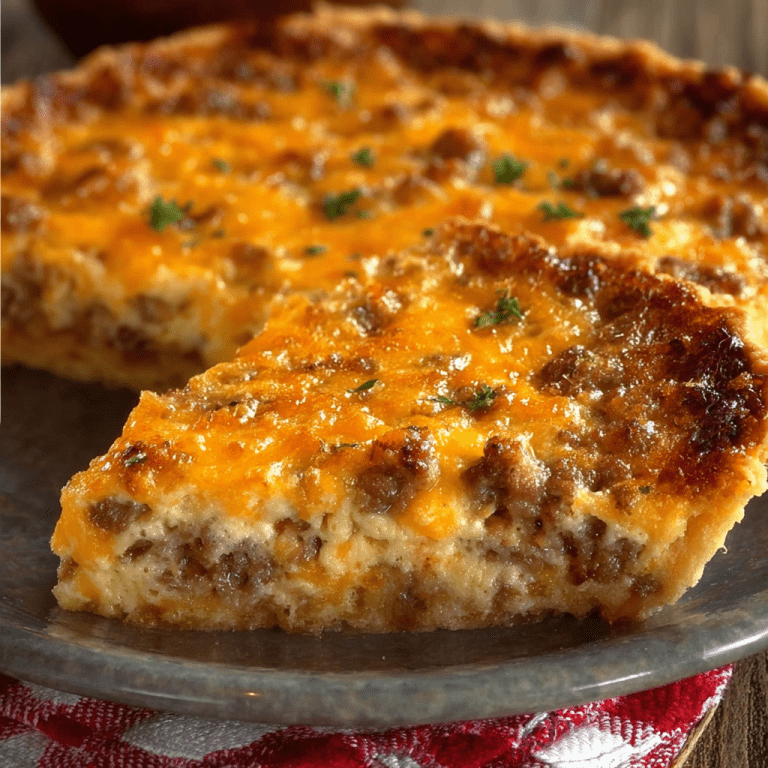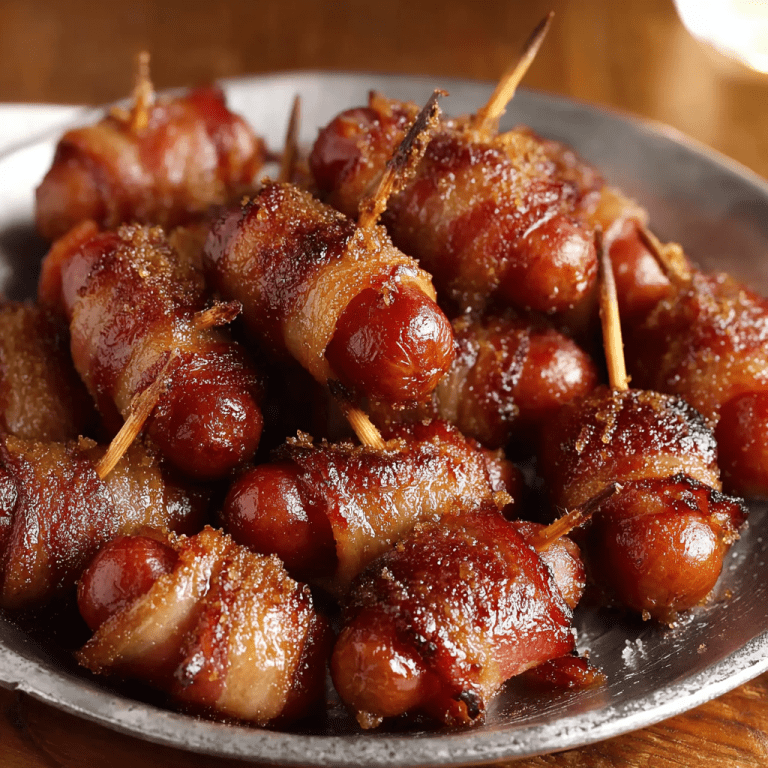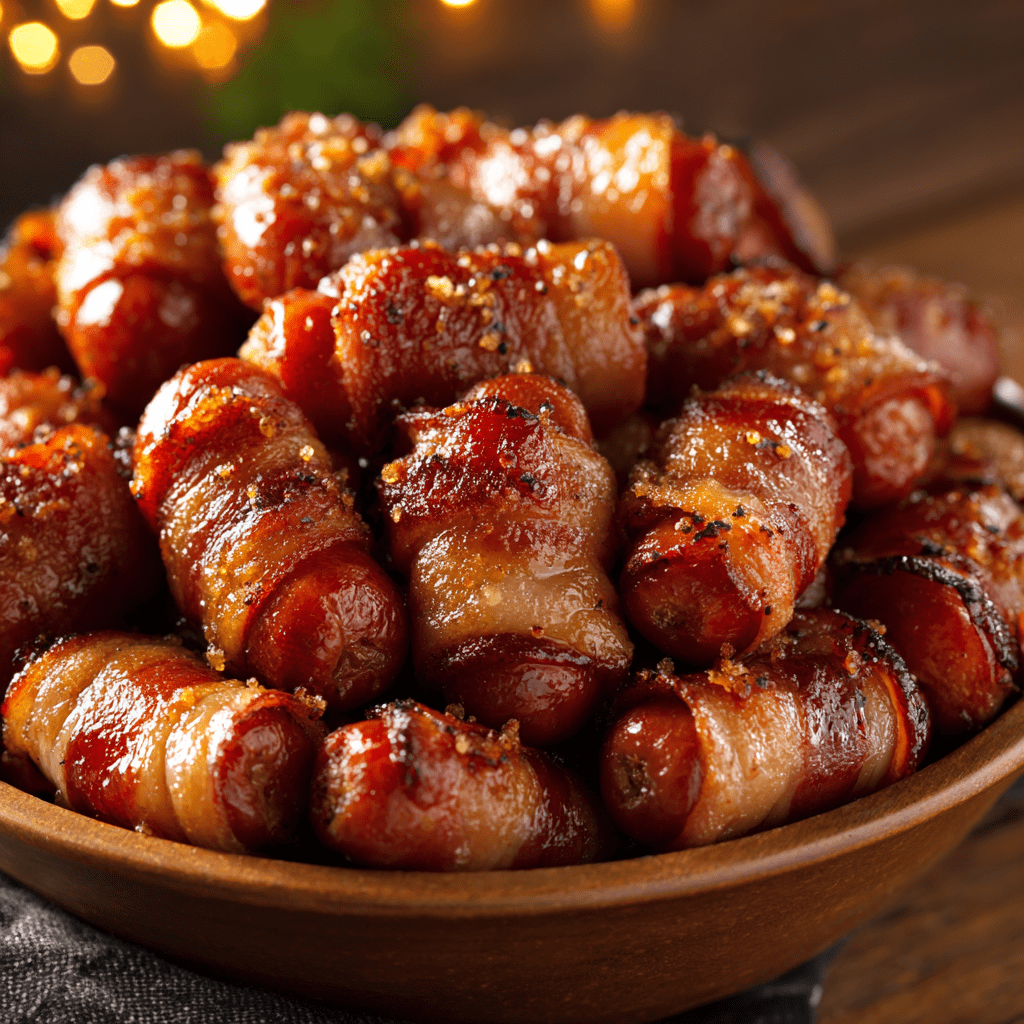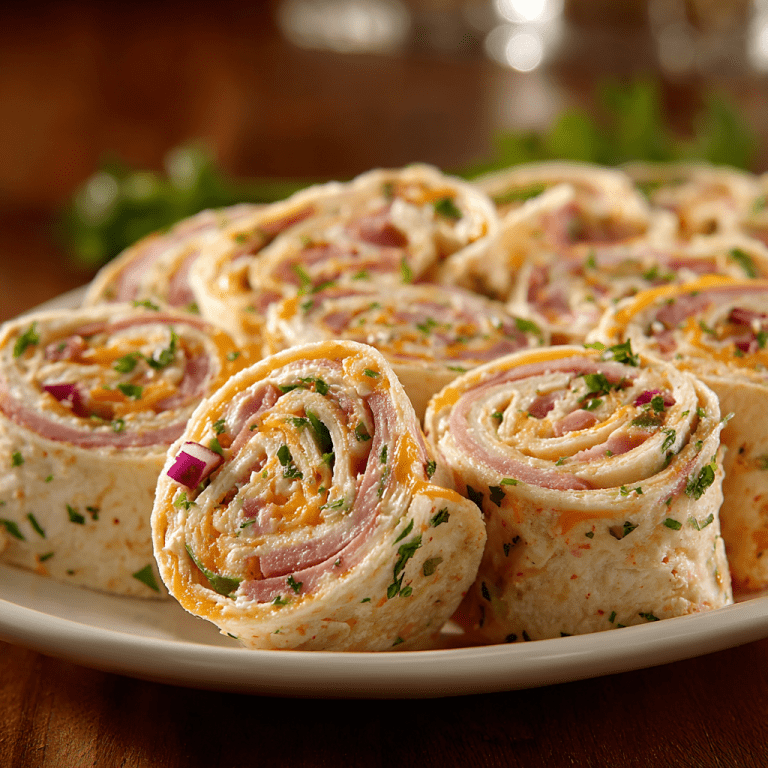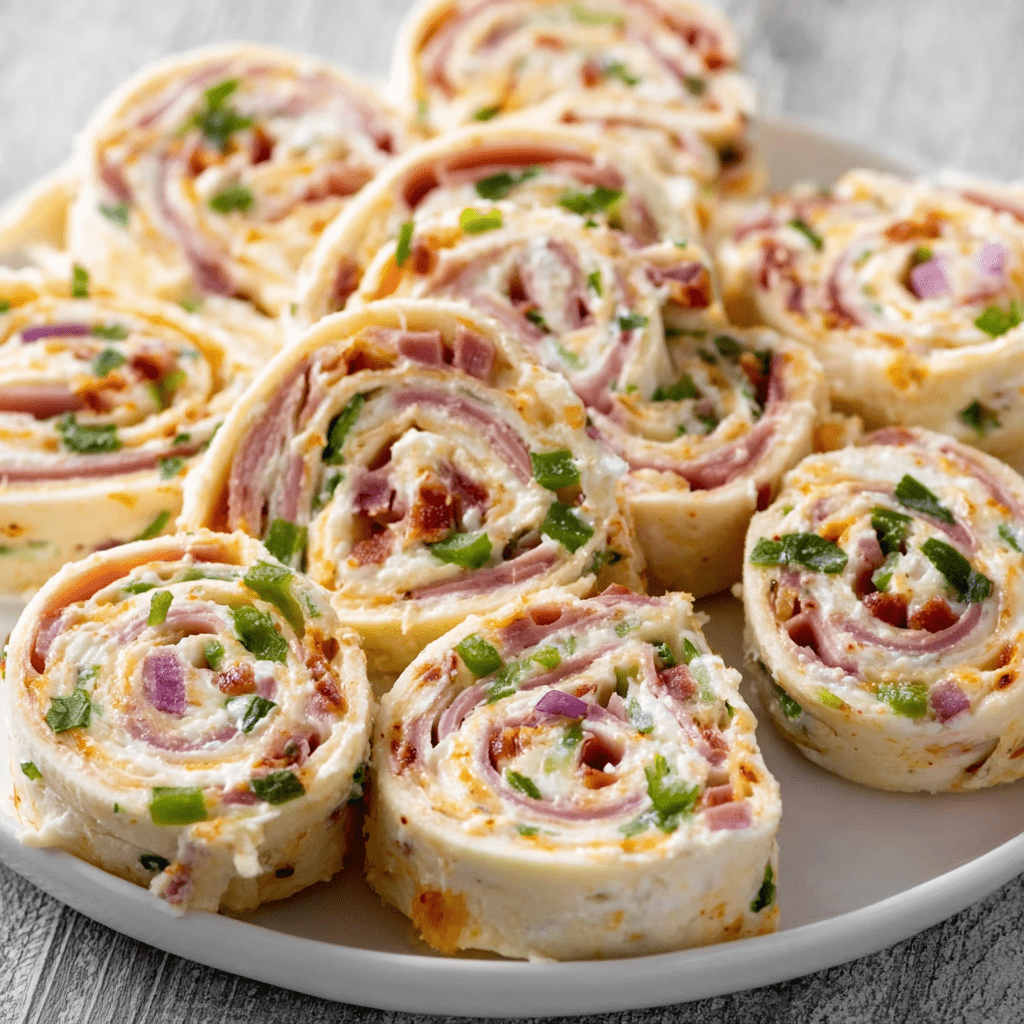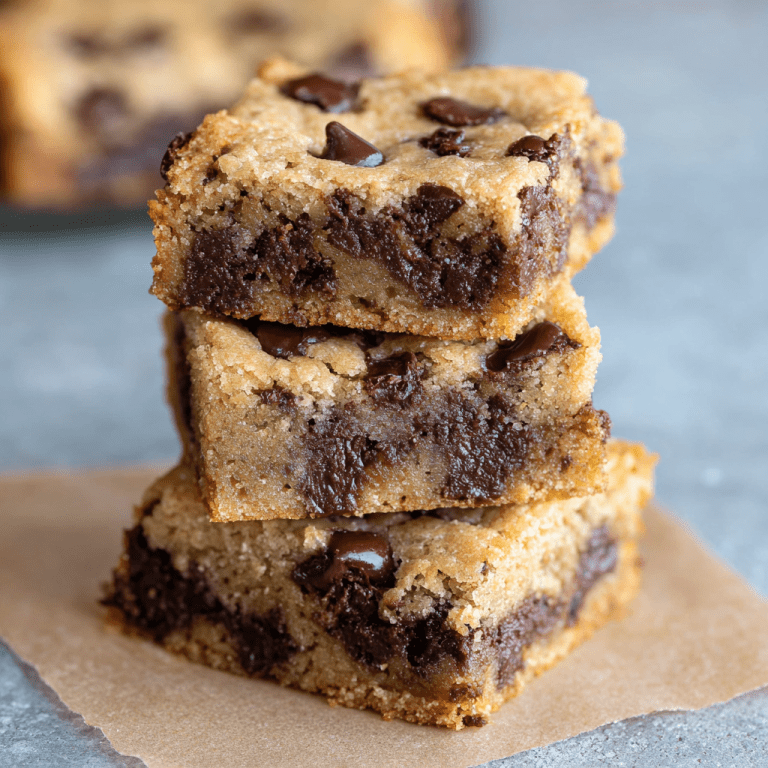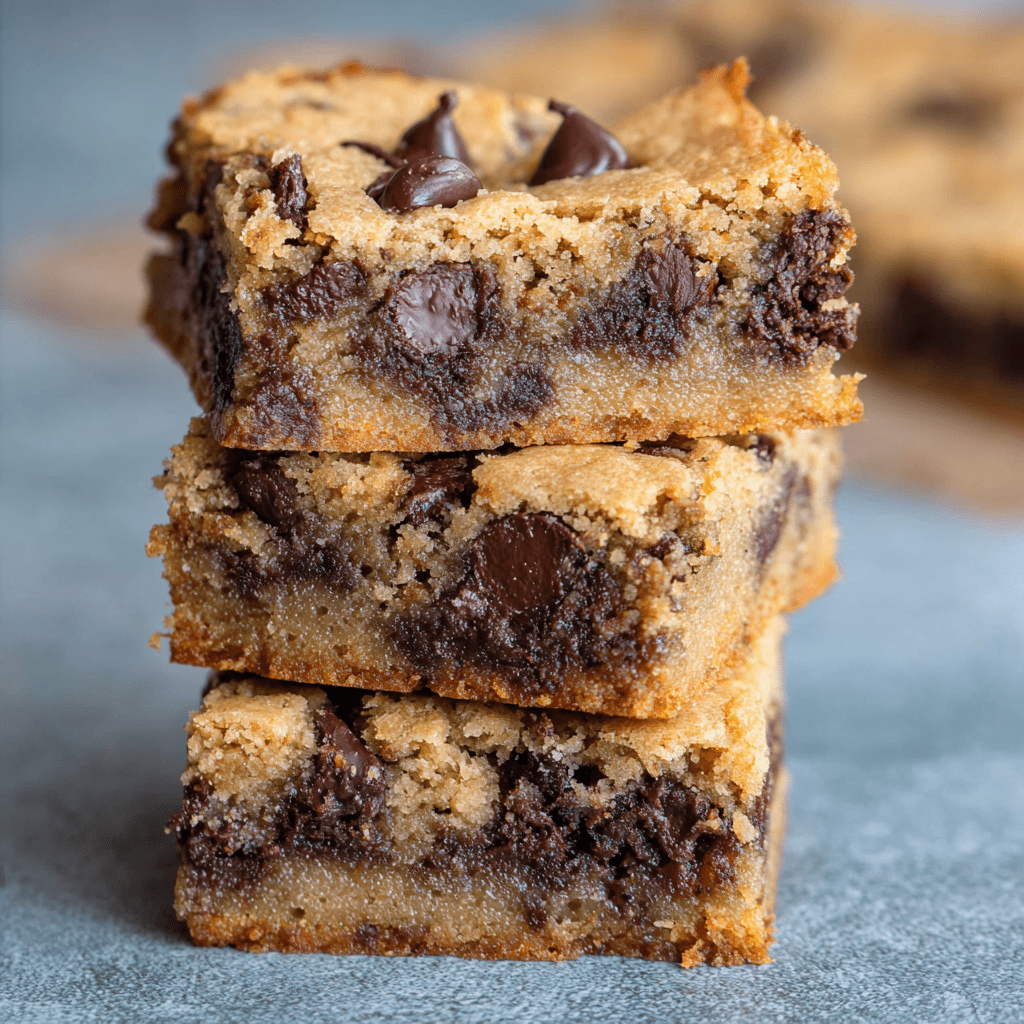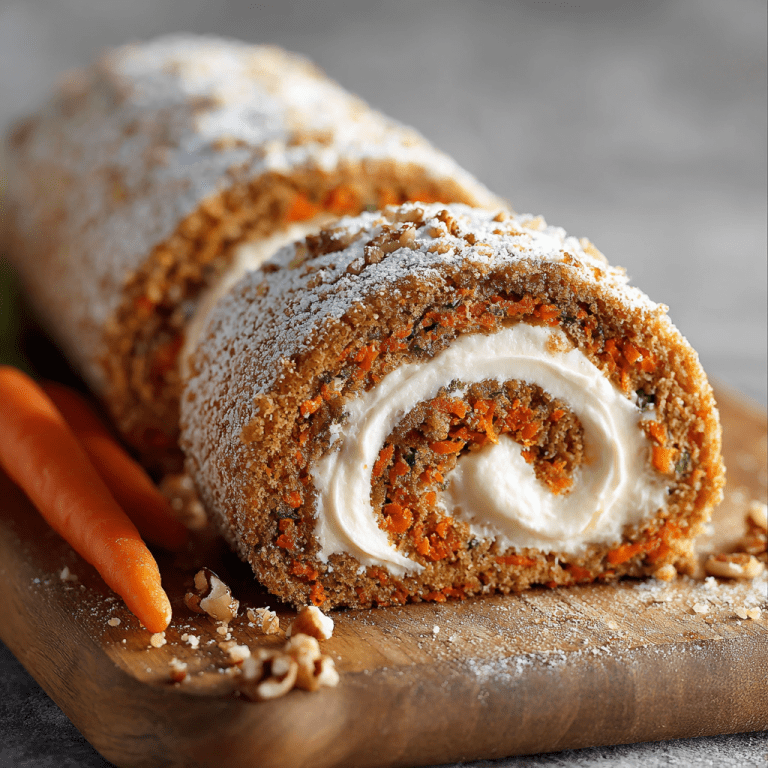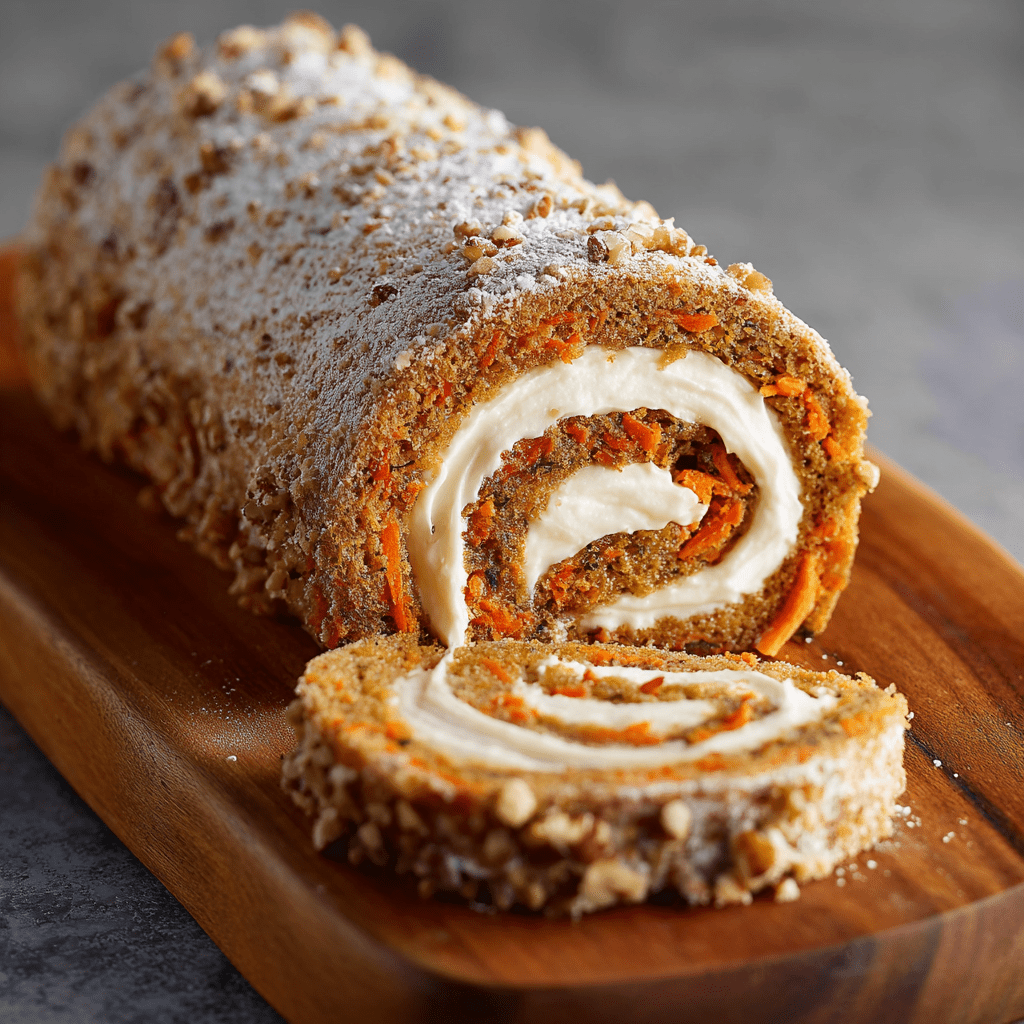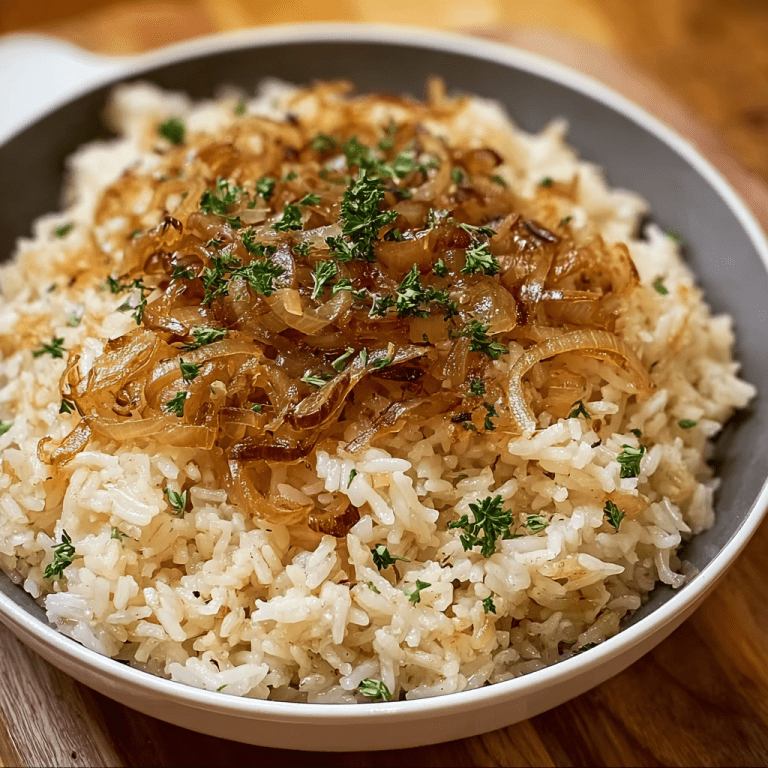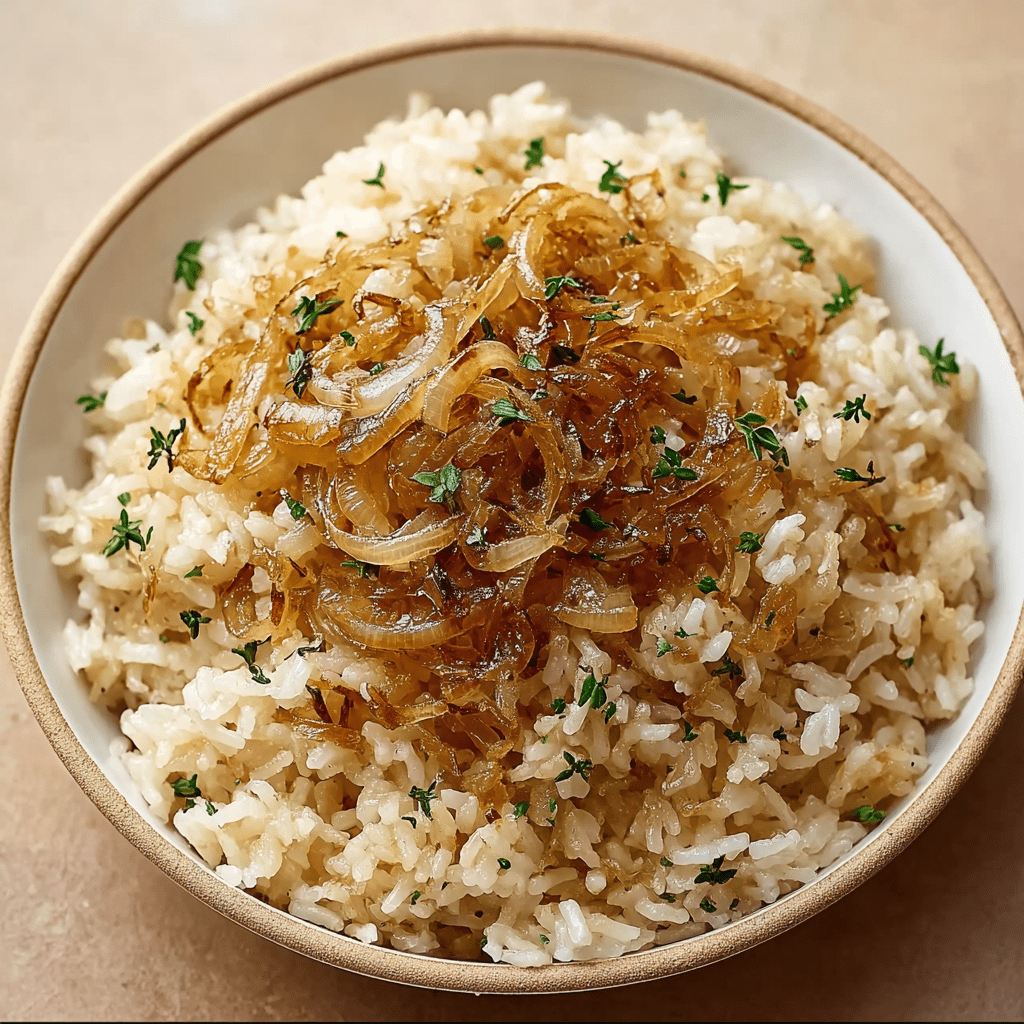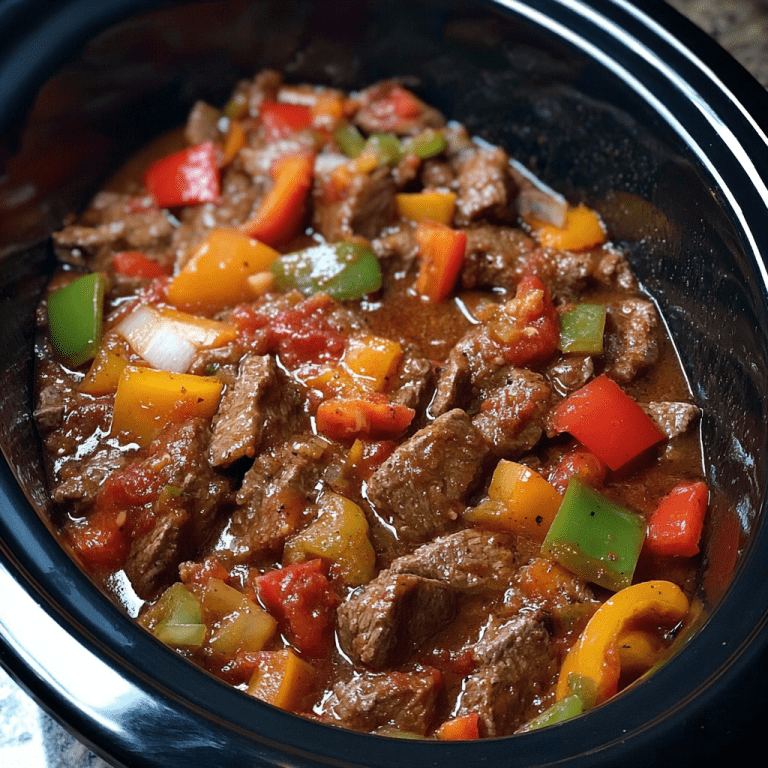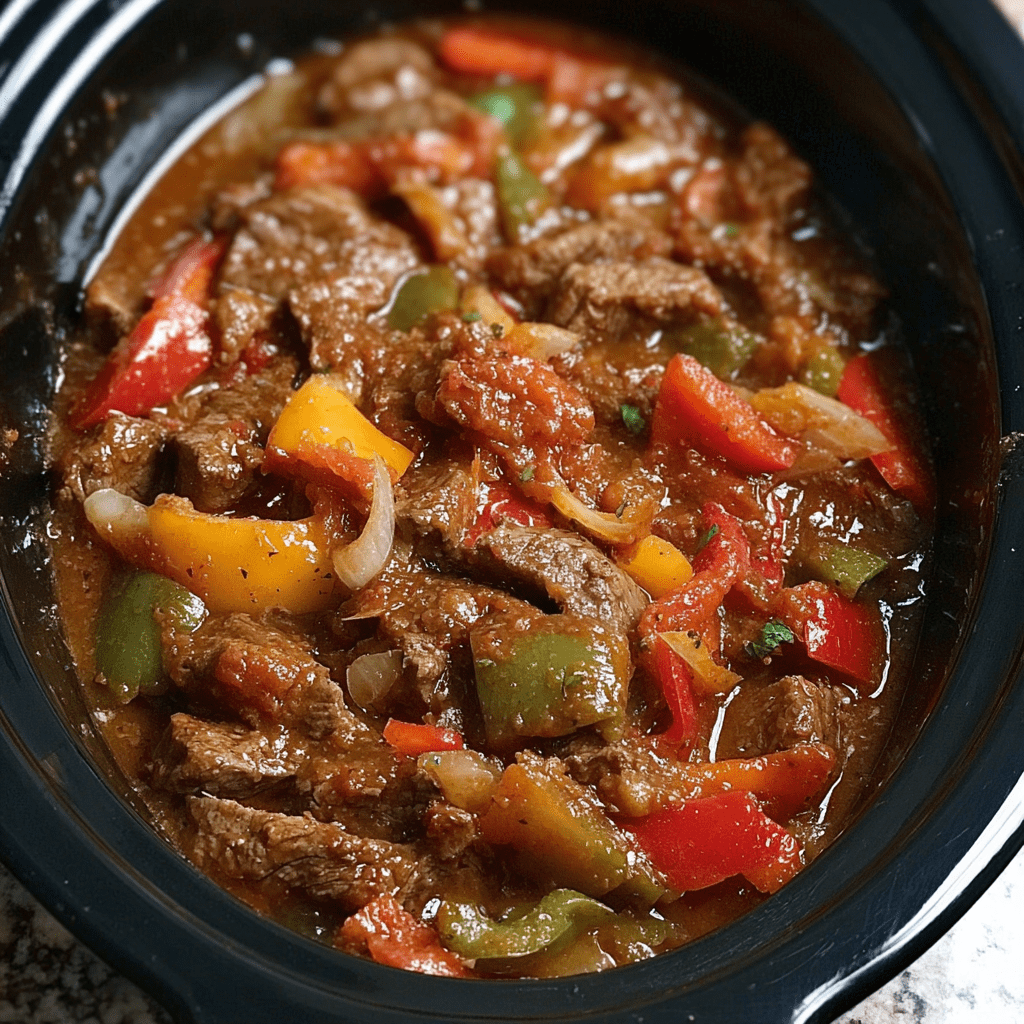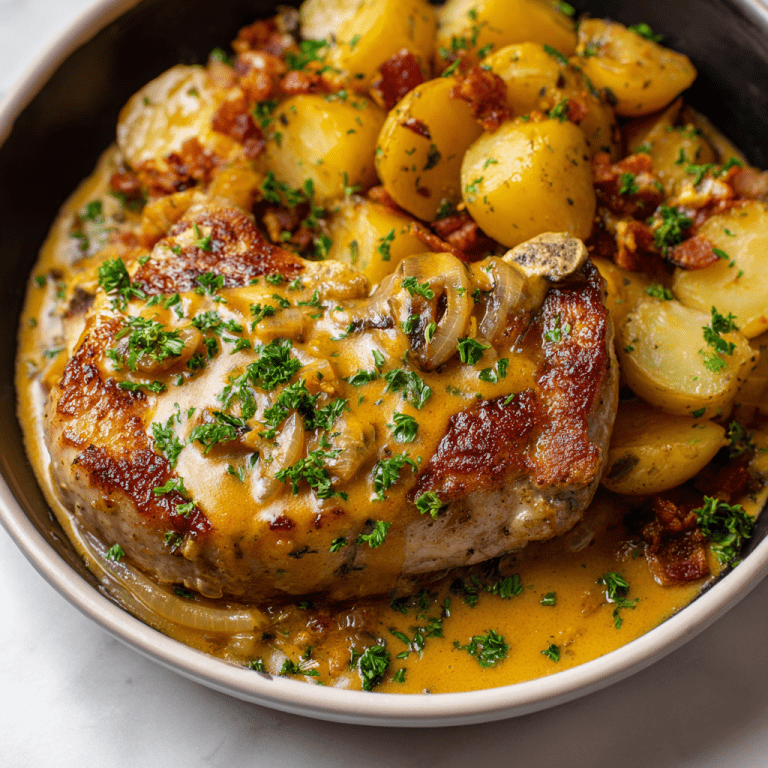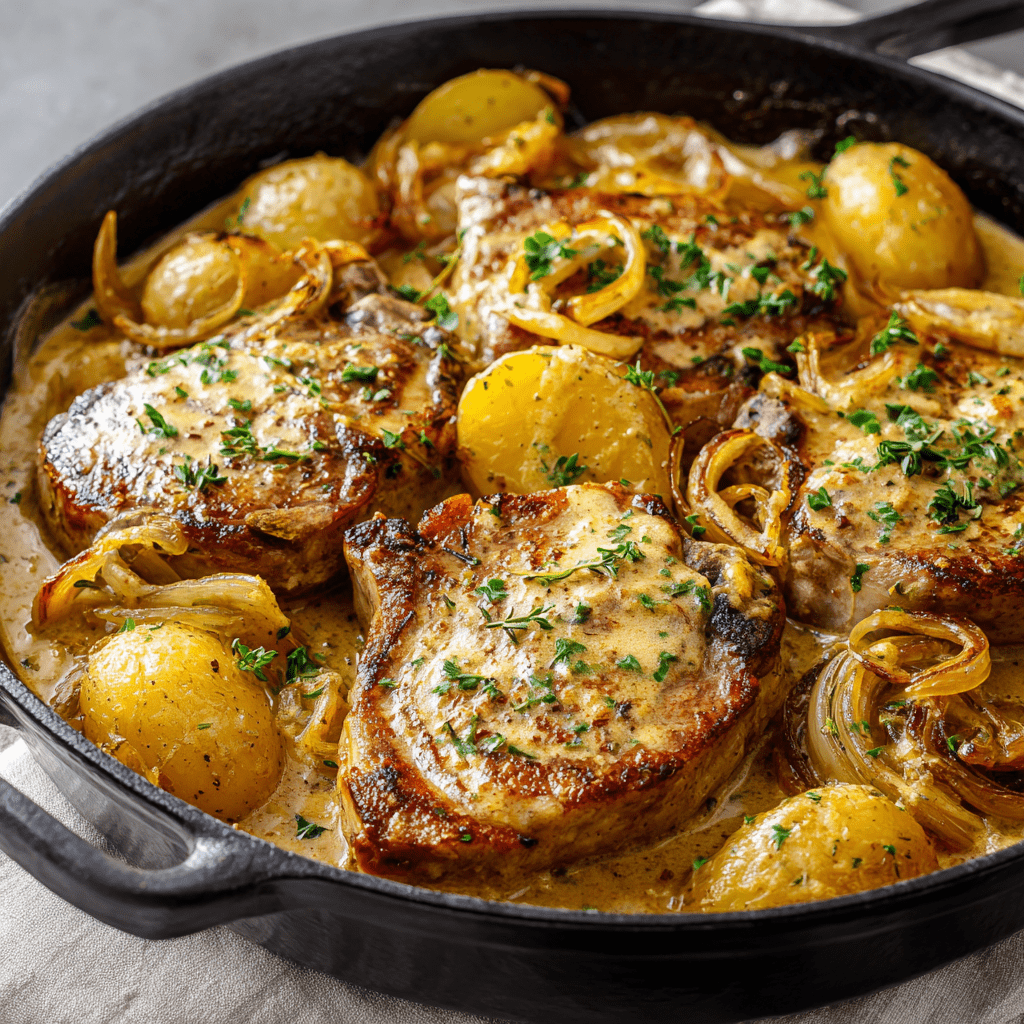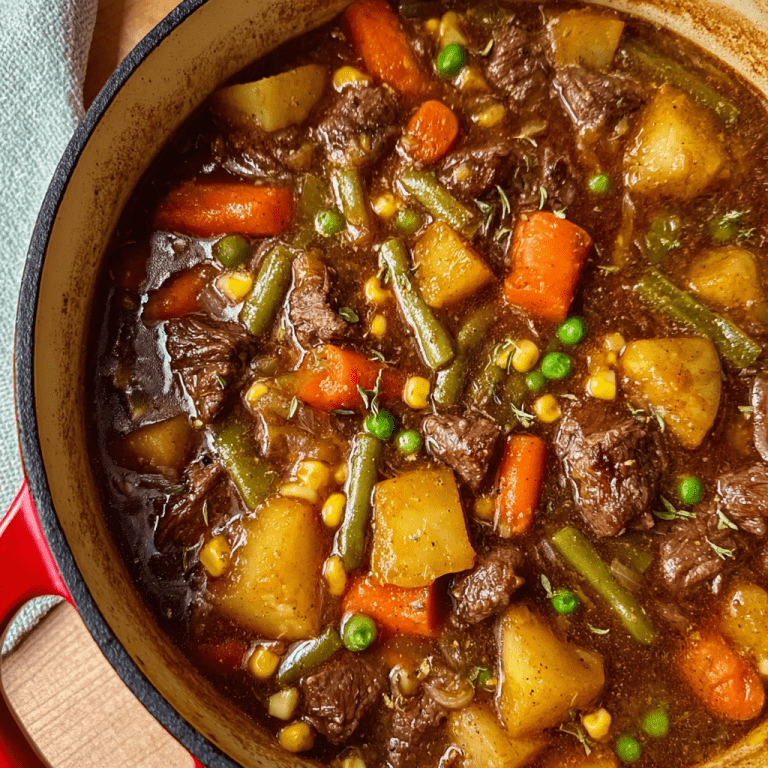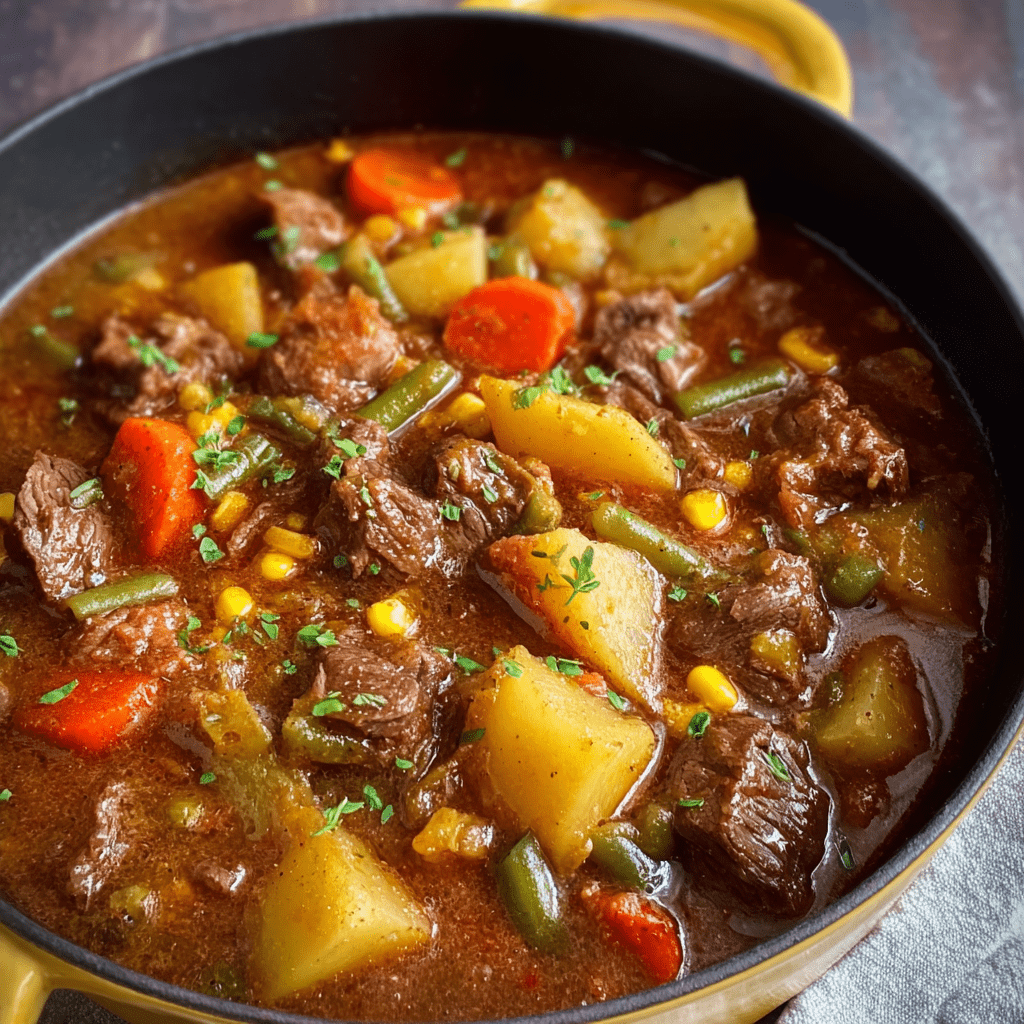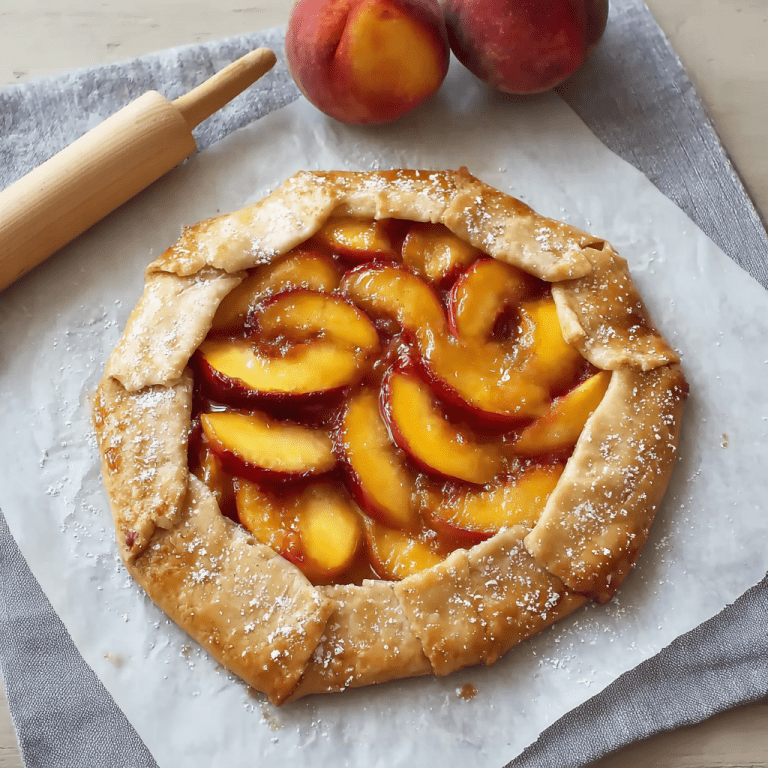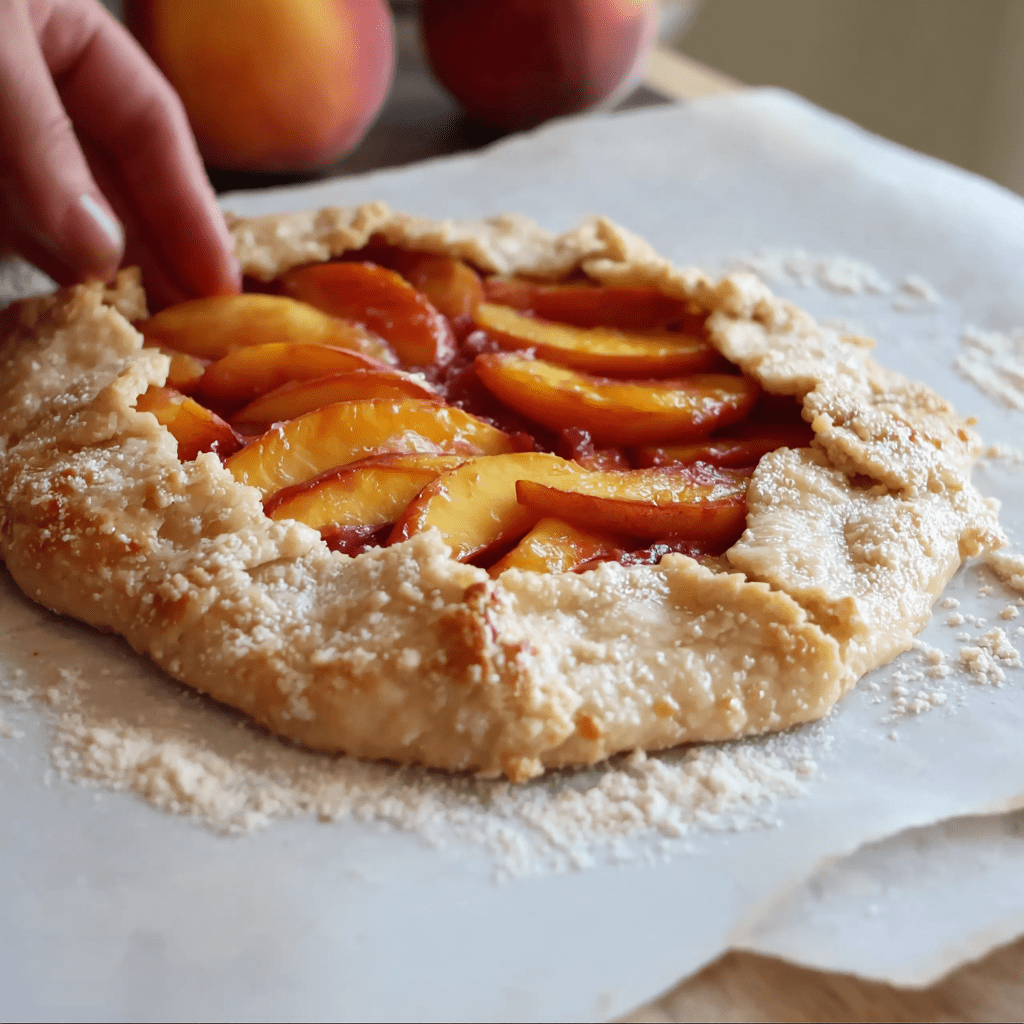Monterey Sausage Pie is a hearty, savory breakfast or brunch casserole cleverly disguised as a pie, offering a deliciously simple and satisfying meal that comes together with minimal effort. This recipe transforms basic ingredients—pork sausage, eggs, cheese, and a simple baking mix—into a robust, quiche-like dish with a wonderfully rich and savory character. The star of the show is the Monterey Jack cheese, which melts beautifully into the filling, providing a mild, creamy tang that perfectly complements the seasoned pork sausage and aromatic garlic. With a texture that is both sturdy and custardy, this pie is the ultimate comfort food, ideal for a weekend family breakfast, a potluck brunch, or even a simple “breakfast-for-dinner” solution that is sure to please a crowd.
The brilliance of this recipe lies in its method. By browning the sausage with garlic directly in a skillet and then transferring it to the pie plate, you build a deep, savory foundation without dirtying extra bowls. The topping is a simple batter made by whisking together milk, eggs, and biscuit mix, which creates a magical crustless structure as it bakes, rising slightly around the edges to form a golden-brown “crust” while the center sets into a tender, fluffy custard. The final sprinkle of cheese added in the last few minutes of baking creates a gorgeous, melted, cheesy top layer. Allowing the pie to stand for ten minutes after baking is a critical step that allows the layers to set firmly, ensuring you get clean, beautiful slices every time. It’s a foolproof, one-dish wonder that delivers maximum flavor and satisfaction.
Why You’ll Love This Recipe:
• Incredibly Easy: Uses simple ingredients and a straightforward method for a stress-free meal any time of day.
• All-in-One Dish: Everything mixes and bakes in a single pie plate, meaning easy preparation and cleanup.
• Crowd-Pleasing Comfort Food: The combination of sausage, cheese, and a fluffy egg base is a universally loved flavor profile.
• Versatile Meal: Perfect for breakfast, brunch, lunch, or a casual dinner served with a side salad.
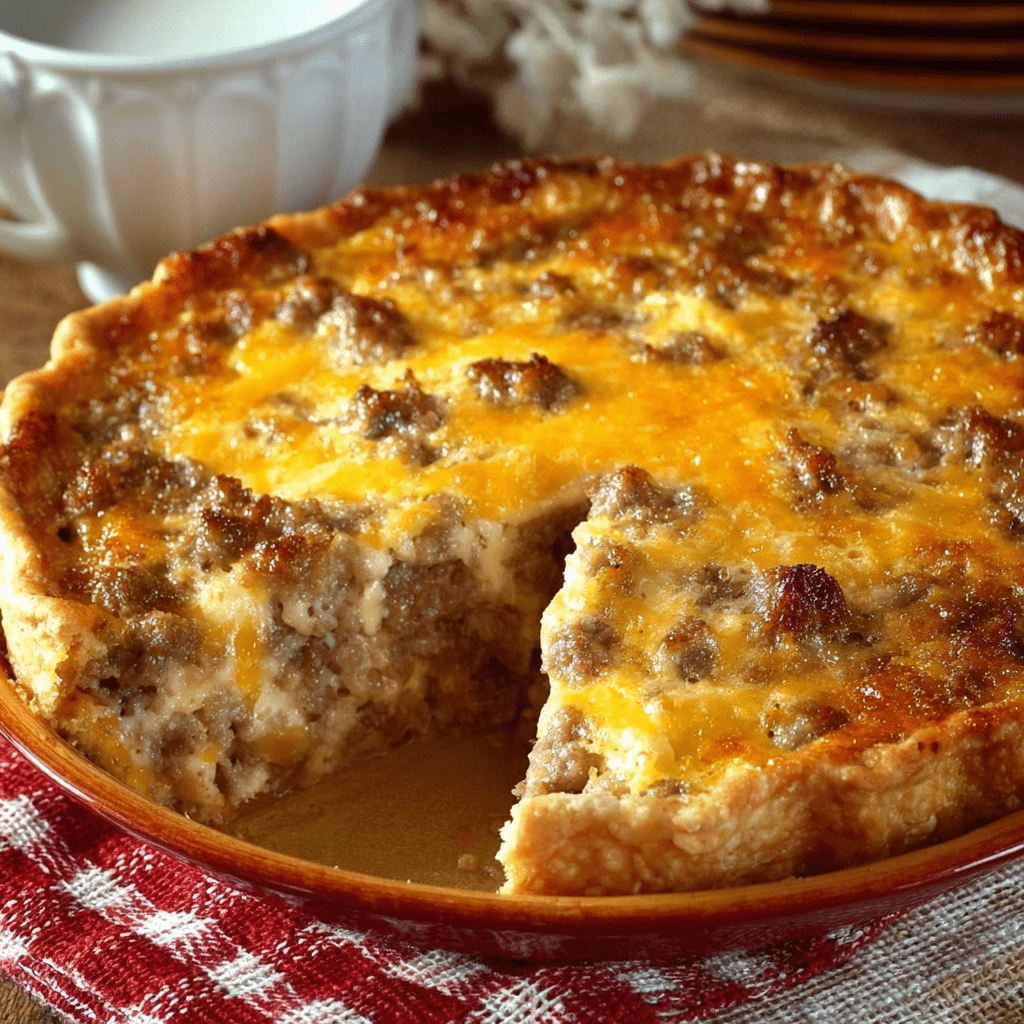
Ingredients:
- 1 pound bulk pork sausage (mild or hot, based on preference)
- 3 teaspoons minced garlic
- 2 ½ cups shredded Monterey Jack cheese, divided
- 1 ⅓ cup milk (whole or 2%)
- 3 large eggs
- ¾ cup biscuit/baking mix (such as Bisquick)
- ¾ teaspoon rubbed sage
- ¼ teaspoon black pepper
- Non-stick cooking spray or butter, for greasing
Instructions:
Step 1: Preheat Oven and Prepare Pan
• Preheat your oven to 400°F (200°C). Generously grease a 9-inch deep-dish pie plate with non-stick cooking spray or butter.
Step 2: Cook the Sausage and Garlic
• In a large skillet over medium heat, cook the bulk pork sausage, breaking it up with a spoon, until it is fully cooked and no longer pink. Drain off any excess grease.
• Add the minced garlic to the skillet with the sausage and cook for 1 minute longer, stirring constantly, until fragrant.
Step 3: Layer the Pie Base
• Remove the skillet from the heat. Stir 2 cups of the shredded Monterey Jack cheese into the warm sausage mixture until the cheese begins to melt slightly.
• Transfer the cheesy sausage mixture to the prepared pie plate, spreading it into an even layer.
Step 4: Prepare the Topping
• In a medium bowl, combine the milk, eggs, biscuit mix, rubbed sage, and black pepper. Whisk vigorously until the mixture is smooth and all ingredients are fully incorporated.
Step 5: Assemble and Bake
• Pour the milk and egg mixture evenly over the sausage and cheese layer in the pie plate.
Step 6: Bake Until Set
• Place the pie plate in the preheated oven and bake for 20-25 minutes. The pie is done when the edges are golden brown and a knife inserted near the center comes out clean.
Step 7: Add Final Cheese Topping
• Carefully remove the pie from the oven. Sprinkle the remaining ½ cup of shredded Monterey Jack cheese evenly over the top.
• Return the pie to the oven and bake for an additional 1-2 minutes, or just until the cheese is melted and bubbly.
Step 8: Rest Before Serving
• Remove the pie from the oven and place it on a wire rack. Let it stand for 10 minutes before slicing and serving. This allows the custard to set, making it easier to cut into neat wedges.
Tips:
• Deep-Dish Pie Plate: Using a deep-dish plate is important to prevent the filling from overflowing during baking.
• Customize the Add-Ins: Feel free to add ½ cup of diced onions or bell peppers to the skillet when cooking the sausage for extra flavor and texture.
• Check for Doneness: Oven temperatures can vary. Start checking at the 20-minute mark. The center should be fully set and not jiggly.
• Make it Ahead: You can prepare the sausage layer and the wet mixture the night before. Store separately in the refrigerator. In the morning, assemble the pie and bake as directed, adding a few extra minutes to the baking time if needed.
Storage Options:
• Refrigerator: Store any leftover pie in an airtight container in the refrigerator for up to 3 days.
• Reheating: Reheat individual slices in the microwave for 60-90 seconds or in a 350°F (175°C) oven until warmed through.
• Freezing: This pie freezes well. Cool completely, wrap tightly in plastic wrap and foil, and freeze for up to 2 months. Thaw overnight in the refrigerator before reheating.
Monterey Sausage Pie is a dependable, delicious, and hearty dish that effortlessly combines breakfast favorites into a single, impressive pie. It’s a recipe you’ll turn to again and again for its simplicity and crowd-pleasing results. Enjoy

